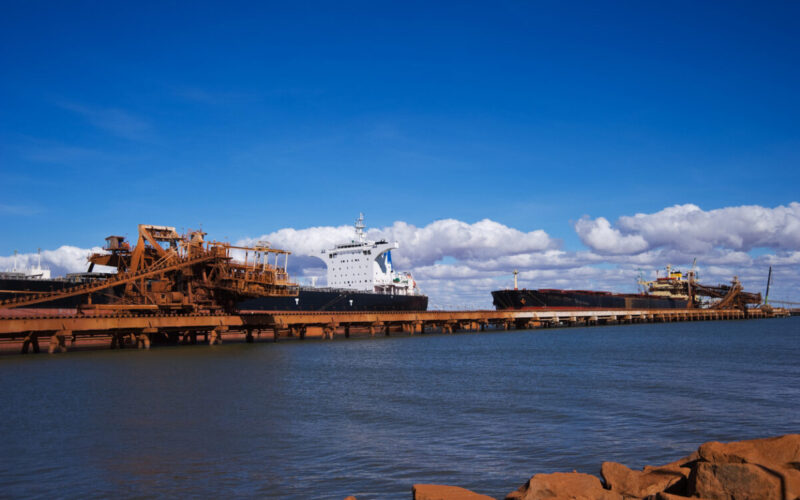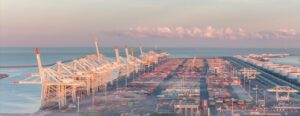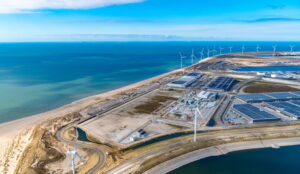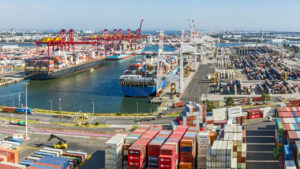Pilbara Ports has released the Pilbara Clean Fuel Bunkering Hub Strategy, outlining plans to establish Australia’s first clean marine fuel bunkering hub.
The initiative positions the Pilbara as a potential global leader in maritime decarbonisation, aligned with Western Australia’s 2050 emissions reduction target.
The roadmap supports the use of low-carbon fuels, such as ammonia, which could cut regional shipping emissions by up to 94 per cent.
In 2023–24, Pilbara Ports handled over 7,700 vessel visits, primarily on the iron ore route to China.
Ports Minister Stephen Dawson said: “The launch of Pilbara Ports’ Pilbara Clean Fuel Bunkering Hub Strategy is a pivotal step forward for Western Australia’s clean energy future.
“By enabling clean fuel bunkering in the Pilbara, we are helping global shipping reduce emissions while unlocking new economic and industrial opportunities for the State.”
READ: Pilbara Ports hits 50 million tonnes in February
A shift to low-carbon fuels could reduce current shipping emissions from over 9 million tonnes of CO2 annually to under 560,000 tonnes.
Pilbara Ports is reportedly working with industry partners across key areas – such as infrastructure, regulation, supply chains, safety, and economics – to support the safe and commercially viable implementation of clean fuel bunkering.
A trial is planned at Port Hedland in 2026.
The roadmap follows a world-first ship-to-ship ammonia transfer trial in September 2024 at the Port of Dampier, conducted in partnership with the Global Centre for Maritime Decarbonisation (GCMD) and Yara Clean Ammonia.
READ: Pilbara Ports launches ship WiFi support initiative
Minister for Energy, Decarbonisation and the Pilbara Amber-Jade Sanderson added: “Now the region can lead the way in slashing carbon emissions across the shipping, resource and maritime sectors by becoming a clean fuel bunkering hub.
“This is an excellent example of collaboration across industry and government to help us meet our decarbonisation targets.”








